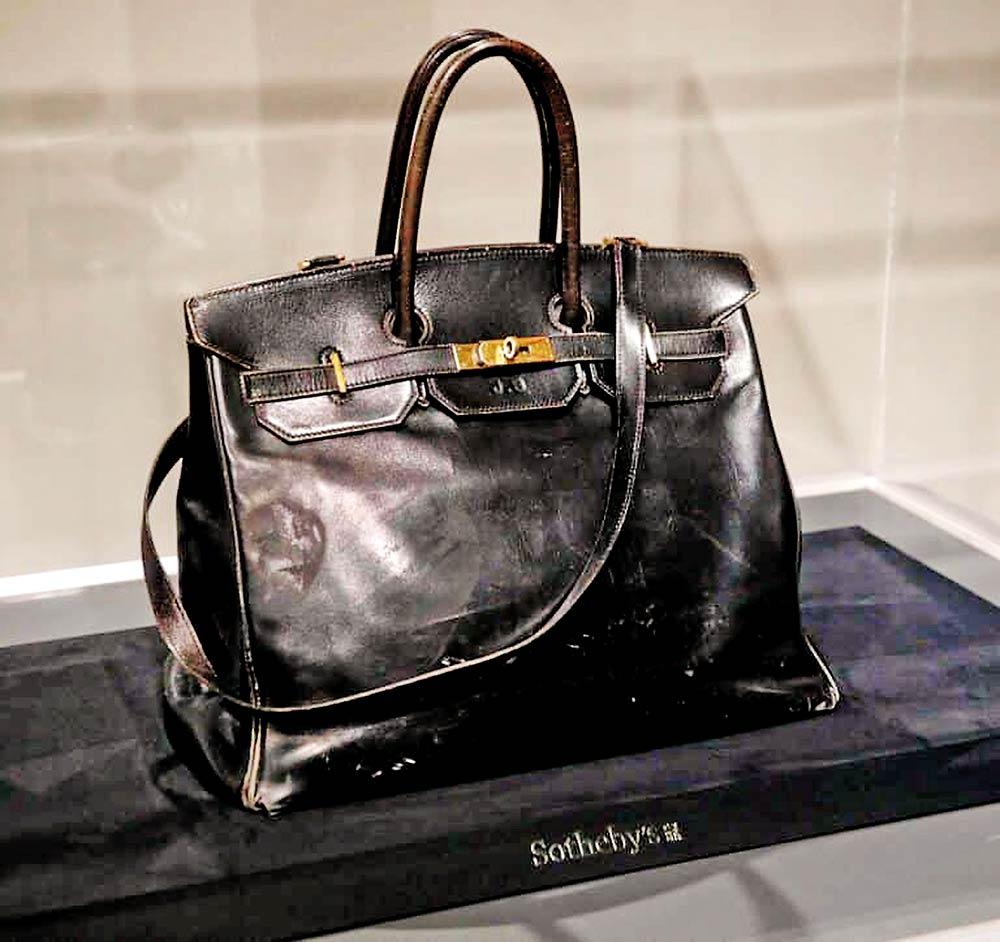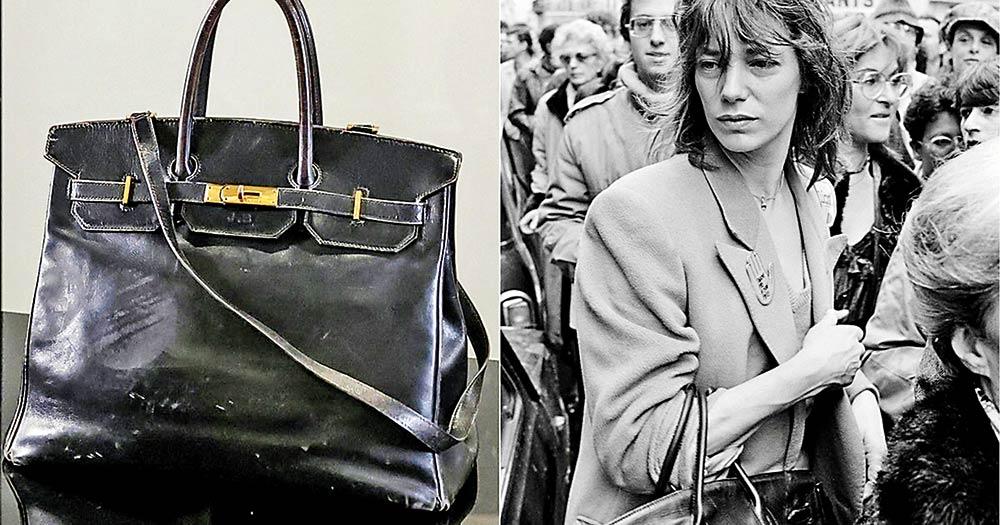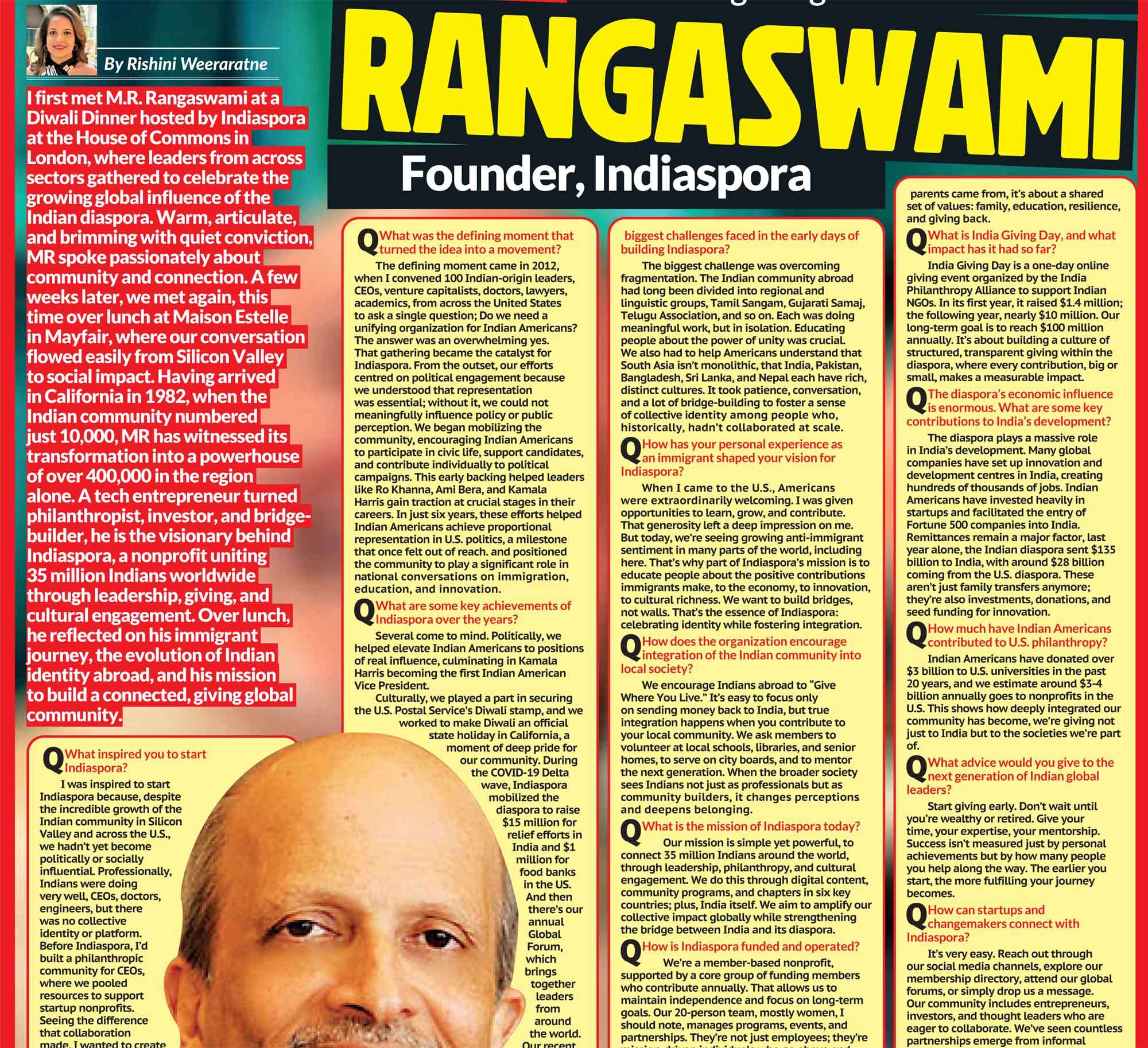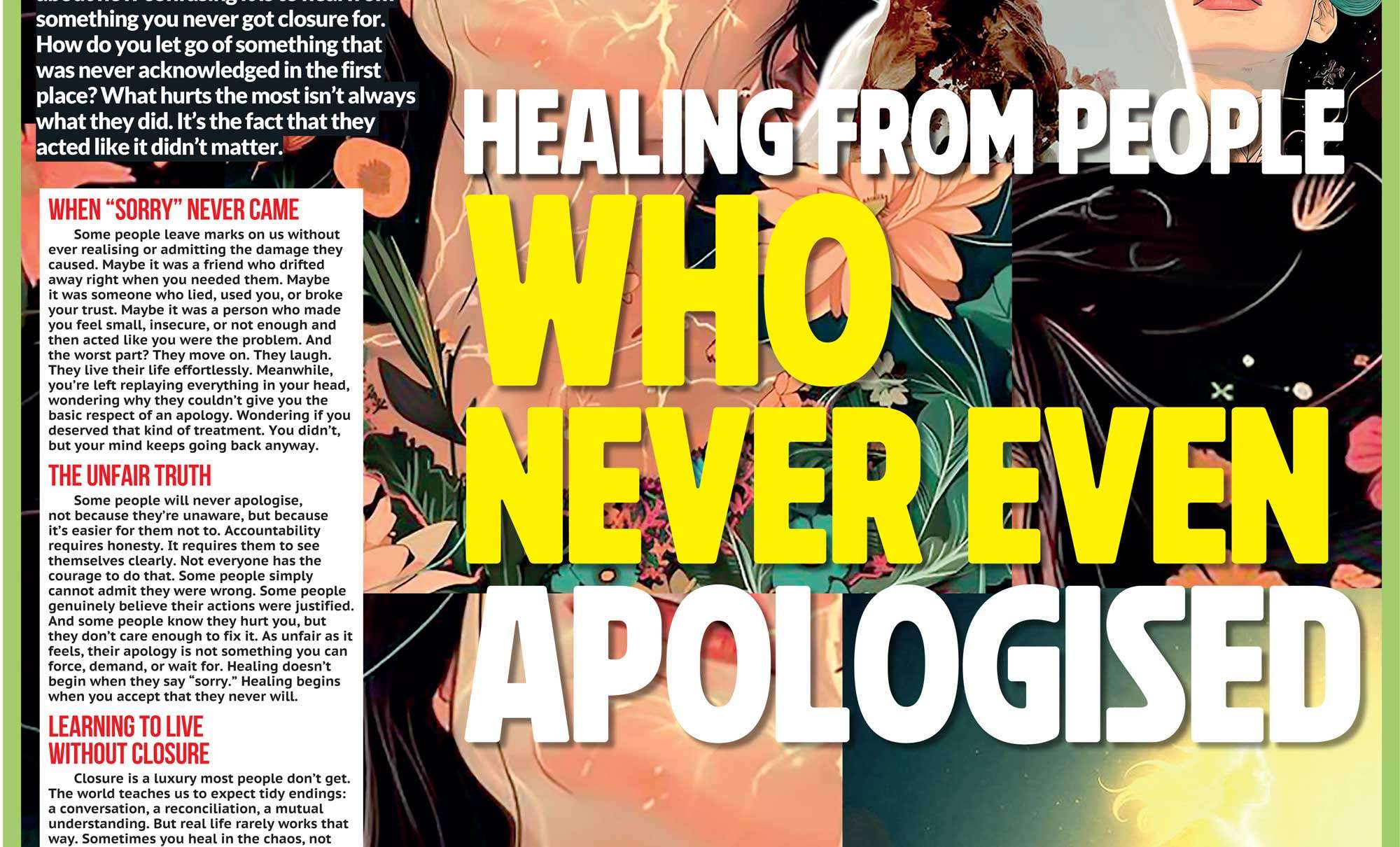How Jane Birkin’s Beat-Up Bag Made Fashion History!
A worn, sticker-covered handbag made history this week as the most expensive ever sold at auction. The original Hermès Birkin, personally owned and used by actress and singer Jane Birkin, fetched an astounding €8.6 million (approximately £7.4 million or US $10 million) at a Sotheby’s auction in Paris.
01
The sum marked a global record for any handbag, and made the piece the second-most expensive fashion item ever sold at auction, second only to the ruby slippers worn by Judy Garland in The Wizard of Oz. This specific bag was no showroom model. It was a well-worn prototype, with scuffs, creases, and charity stickers still affixed, details that did not deter bidders, but rather enhanced the appeal. To collectors, it was not just a bag. It was a living piece of fashion history.
The Making of a Million-Euro Bag
The sale raised questions: why would anyone pay €8.6 million for a used handbag?
There are several compelling reasons.
Firstly, it is the prototype, the very first Birkin ever made, co-designed in spirit by the woman whose name it bears.
Secondly, it was personally used and customized by Jane Birkin herself, who is widely considered a cultural icon. She was not just a fashion muse, but a political activist, singer, and actress with influence across Europe and beyond.
Thirdly, it is a one-of-a-kind collector’s piece. The luxury goods market has seen a surge in investment-driven purchases, with rare items becoming high-performing assets. Vintage Hermès bags have seen annual appreciation rates of up to 14 percent, outperforming gold, art, and real estate over the past decade.
To collectors, the combination of rarity, celebrity, and history makes this Birkin not merely a fashion statement, but a form of capital.
From Status Symbol to Investment Asset
The Birkin has long been more than a handbag. Since its release in the mid-1980s, it has evolved into a global symbol of wealth and exclusivity. The waitlists are long, the supply is limited, and resale prices often exceed retail. In recent years, fashion has entered the financial mainstream. Rare handbags are now considered viable investment assets. Auction houses such as Christie’s and Sotheby’s have developed entire departments dedicated to luxury goods. Bags are not only worn, but they are also archived, insured, and traded. This sale reflects that growing shift. A Birkin is no longer merely a fashion item. It is a portable vault of cultural capital.
Jane Birkin’s Quiet Legacy
The irony, of course, is that Jane Birkin herself was never one to chase opulence. She was famously understated and critical of the excesses of high fashion. In 2015, she requested that Hermès remove her name from crocodile-skin versions of the bag after learning of animal cruelty in the production process. "I did not want to be a brand," Birkin once said. "I just wanted a bag that worked." She gave this original Birkin to a charity auction in the 1990s, using her platform to support causes she believed in. That this same bag would one day be treated as a sacred artefact of fashion irony is not lost on observers.
02
A Bag That Started on a Plane
The Birkin bag’s origin is now fashion folklore. In 1983, Jane Birkin found herself seated next to Hermès chief executive Jean-Louis Dumas on a flight from Paris to London. As Birkin attempted to stow her belongings into a straw basket overhead, the contents spilled out. She remarked to Dumas that no bag ever seemed to strike the right balance between style and function. Dumas began sketching ideas on an airplane sick bag. What followed was the creation of a handbag that combined utility and elegance. One year later, Hermès presented Birkin with the very first model. It was crafted from black leather, featured brass hardware, and bore her initials. She used it daily from 1984 to the mid-1990s. The bag bore signs of real life: a loop for nail clippers, frayed edges, and activist stickers from her charity work. Unlike the highly polished versions sold today, this prototype was practical, rugged, and deeply personal.
A Frenzied Auction
Sotheby’s Paris had high expectations, but even seasoned auctioneers were astonished by the bidding war that ensued. The lot opened at €1 million and escalated rapidly doubling and redoubling within minutes. Bidding concluded at €8.6 million, with the winning offer placed by a private Japanese collector bidding by phone. "This is more than a fashion item," said Morgane Halimi, Sotheby’s Head of Handbags. "It is a cultural artefact with significant historical provenance." Reports suggested several high-profile names, including media figures and fashion collectors, had expressed interest. Among the rumored contenders were Lauren Sanchez and Kris Jenner, though neither secured the winning bid.
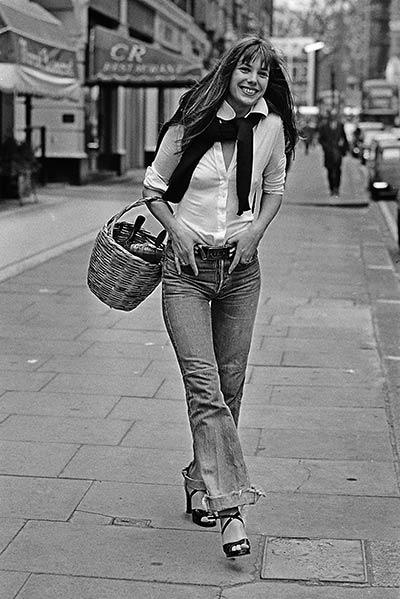 03
03
What Does This Sale Say About Fashion Today?
Critics have noted the widening gap between the original intent of the Birkin and what it has come to represent. Writing in The Guardian, columnist Jess Cartner-Morley described the sale as “the moment the Birkin became uncool,” arguing that the bag has transitioned from a quiet emblem of elegance to a loud declaration of wealth. In a cultural landscape increasingly focused on accessibility, diversity, and ethical production, the ultra-luxury aesthetic of the Birkin feels out of step with younger consumers. While older generations chase prestige, younger ones gravitate toward brands like Telfar, which has branded itself as “not for you, for everyone.” These “It bags” trade exclusivity for inclusivity and authenticity. In this context, the Birkin sale represents a crossroad: an icon of the old luxury world finding its ultimate expression in a museum-worthy auction, even as fashion itself moves toward the street, the digital, and the democratic.
Conclusion: A Bag, a Symbol, a Mirror
The €8.6 million Birkin tells us much about what we value, and how that has changed. This was not a glossy, flawless luxury item. It was frayed and imperfect, alive with story. It reflected a different kind of wealth, emotional, cultural, historical. In a world of fast fashion and disposable trends, the Birkin prototype offered a reminder that true style is not always about polish. Sometimes, it is about presence. And in Jane Birkin’s case, it was about making room for life inside a bag. That it now rests in the hands of a private collector, guarded and preserved, marks a kind of ending. The bag has completed its journey, from functional object to global artefact. And in doing so, it reminds us that sometimes the most worn things are the worthiest of remembering.
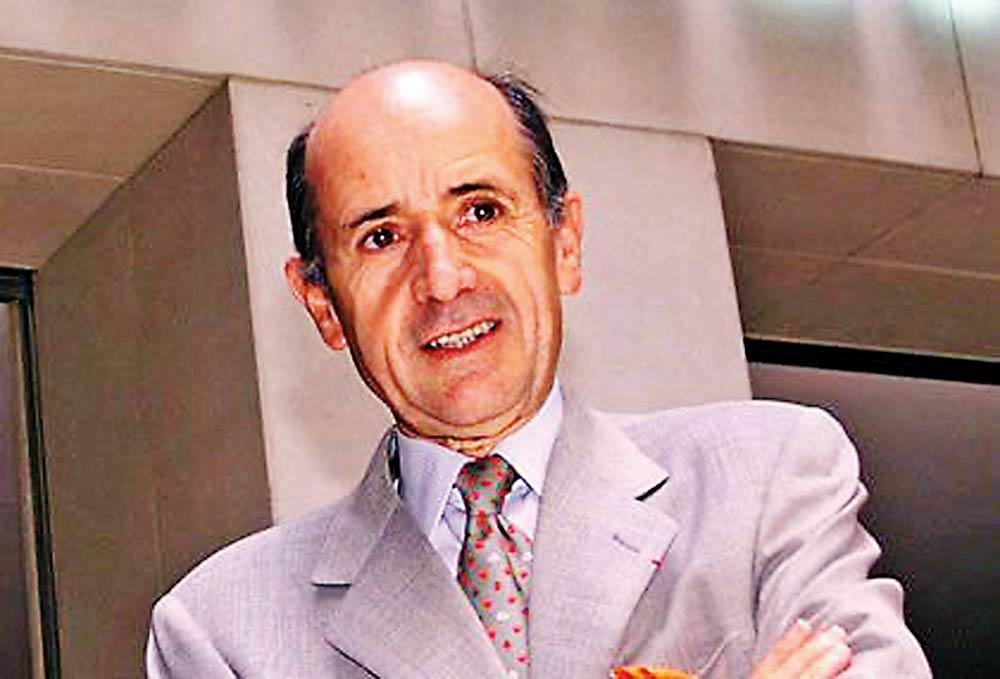
Jean Louis Dumas
FUN FACTS!
Auction House: Sotheby’s Paris
Date: July 10, 2025
Sold For: €8.6 million / £7.4 million / US $10 million
Buyer: Private Japanese collector
Original Owner: Jane Birkin (1984–1994)
Material: Black leather with brass hardware
Historical Significance: First-ever Birkin prototype designed in collaboration with Jane Birkin

